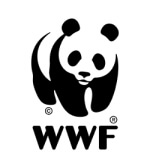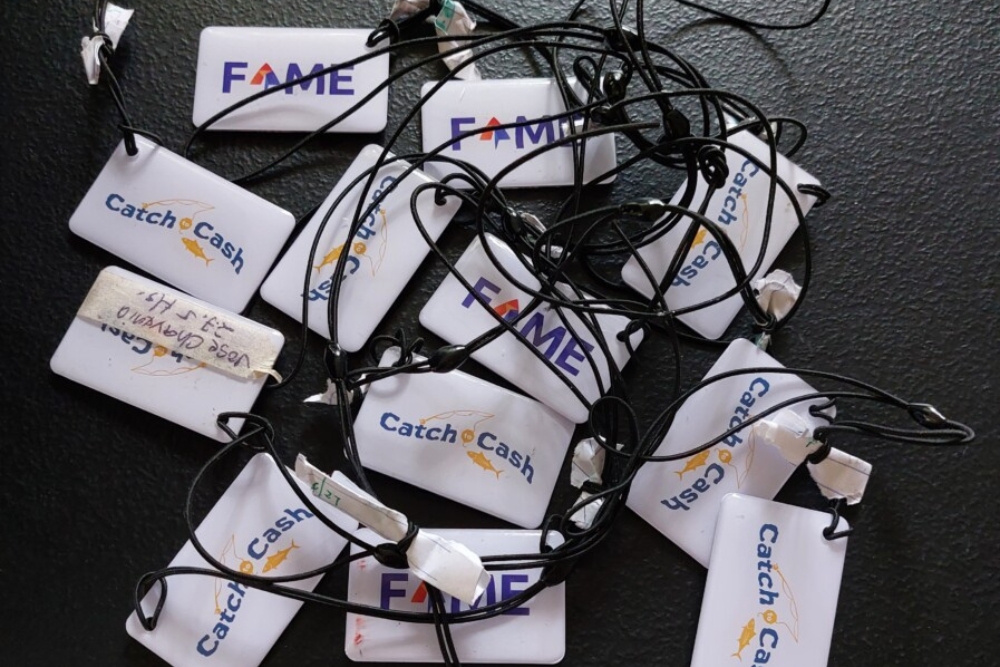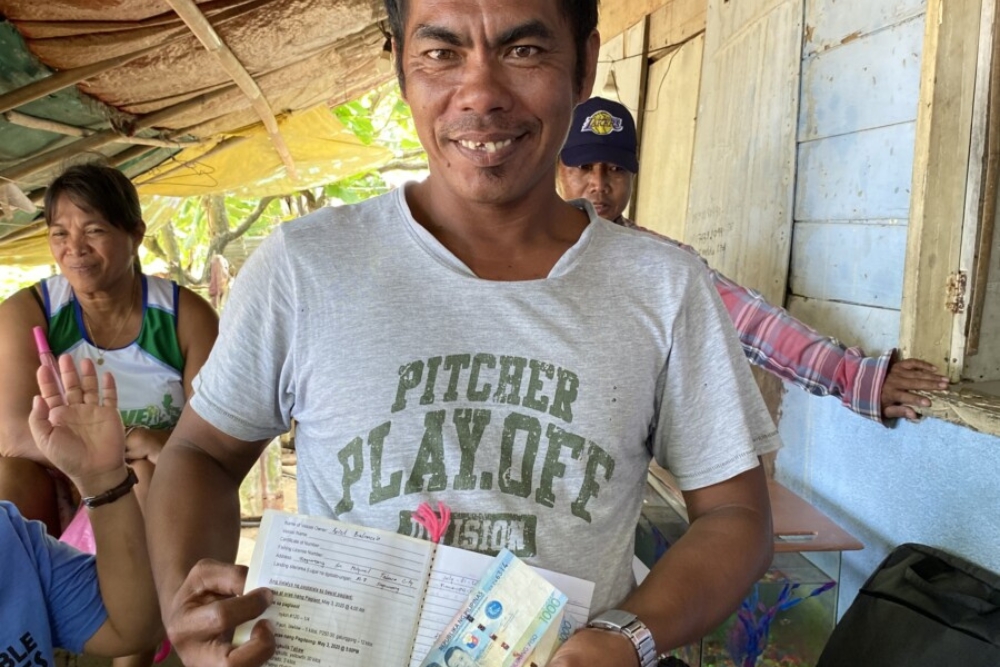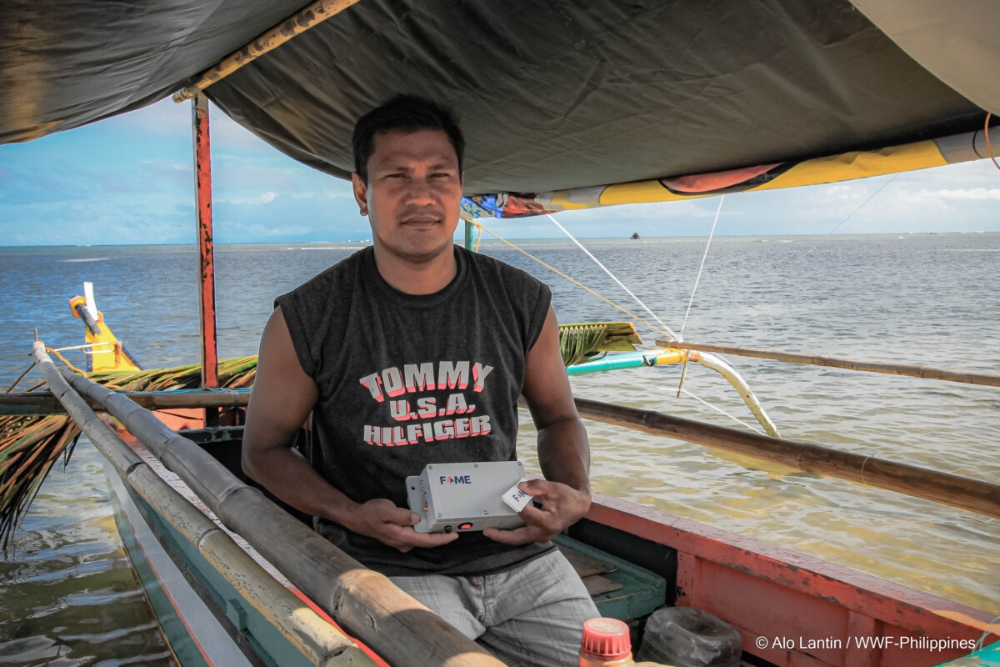A recent batch of data collected by the World Wide Fund for Nature Philippines (WWF-Philippines) pinpoints precisely when, where and by whom fish is caught in the Lagonoy Gulf, in a big win for local sustainable fisheries.
The data was collected under WWF-Philippines’ Catch to Cash project. The project, conducted together with Futuristic Aviation and Maritime Enterprise, Inc. (FAME), helps small-scale fisheries report real-time data each time they catch a fish.
The Catch to Cash system, developed by WWF-Philippines with technical support from FAME, makes use of a network of tap cards and GPS transponders. By tapping their cards against their on-board transponders, fishers can record important catch data, such as where and when a fish was caught.
FIshers are then financially compensated in exchange for the catch data they report through the tap cards and transponders. Through this incentive system, the livelihoods of fishers are further supported.
The data promotes traceability and sustainable fishing practices, and ideally will also be used to inform fishery management practices.
“The true test will always be when these devices are in the hands of the fishers. We will always adjust to their needs,” shared FAME Chairman and CEO Zes Martinez.
There had been technical difficulties with the tap cards and transponders when the project was first launched in 2022. Both WWF-Philippines and FAME have remained committed to improving the system, however, and have since managed to get it to work.
With the system now fully functioning, the small-scale tuna fishers of the Lagonoy Gulf should be able to report catch data with ease.
“We are glad that the cash incentive system we’ve developed has created positive impacts for our fishers in motivating them to report their catches. It is good to see that the system is working, and I am excited to see what is in store for our partner fishers,” said STP 2 Program Manager Joann Binondo.





